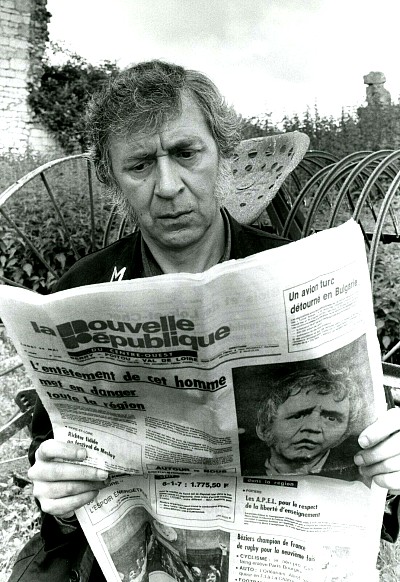When Wordsworth & White drew up their version of the Vulgate they acknowledged their sources – one of the sources being The Codex Brixianus, a 6th-century Latin Gospel Book located in the public library of the Biblioteca Queriniana, of the Via Giuseppe Mazzini in Brescia, region of Lombardy, Italy.
The text found in the second (large) parchment is ultimately derived from The Codex Brixianus.
The simple reason why Philippe de Chérisey copied the text of the second (large) parchment from Wordsworth & White's Novum Testamentum Domini Nostri Iesu Christi latine secundum sancti Hieronymi (Oxford: Clarendon Press, 1889-1954) – and not from the source document The Codex Brixianus – was because it was located in the Bibliothèque nationale de France in Paris (it is not part of the “Saunière Affair”, but something worked upon by confidence tricksters long after the Abbé's death – an accretion).
Had Bill Putnam still been alive, I am sure that he would only have been too pleased to point this fact out.
Jean-Luc Chaumeil possesses a letter from Philippe de Chérisey where the latter outlined it would be a good idea to produce parchments – as started beforehand by Noël Corbu – because of the popularity of the Dead Sea Scrolls during the late 1950s and early 1960s.
Unfortunately Chaumeil is unable to publish this letter directly because copyright is held by Gaspard de Chérisey, Philippe de Chérisey's son. But the fact is indirectly alluded to in Chaumeil's book, The Priory of Sion: Shedding Light on The Treasure and Legacy of Rennes-Le-Château and The Priory of Sion (page 201; page 256; 2012).
And of course Philippe de Chérisey used 6th century uncials – all part of Pierre Plantard's Merovingian deception.
